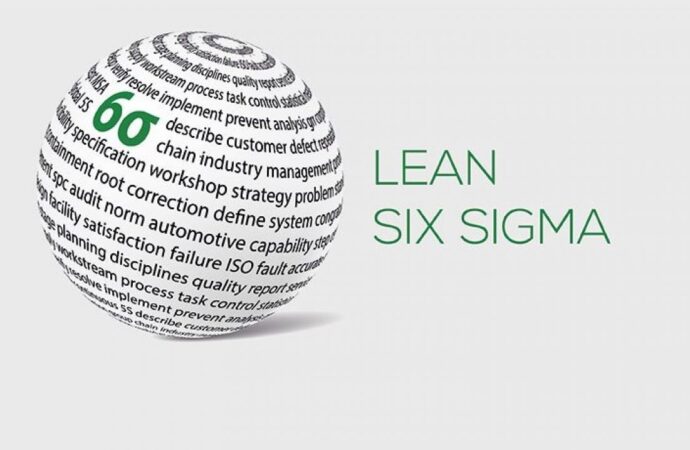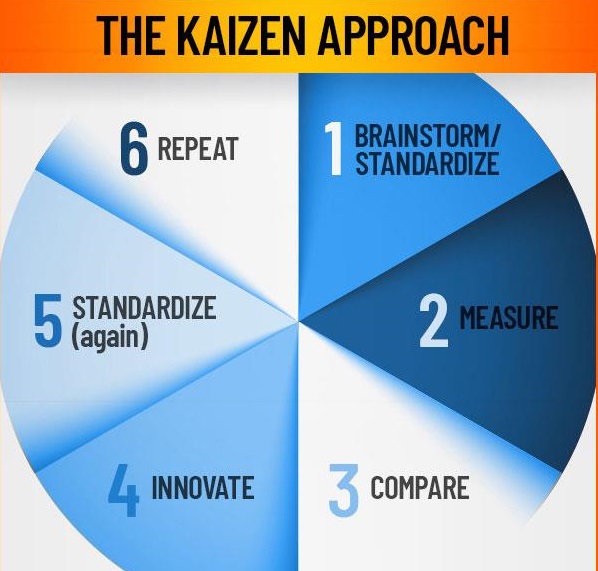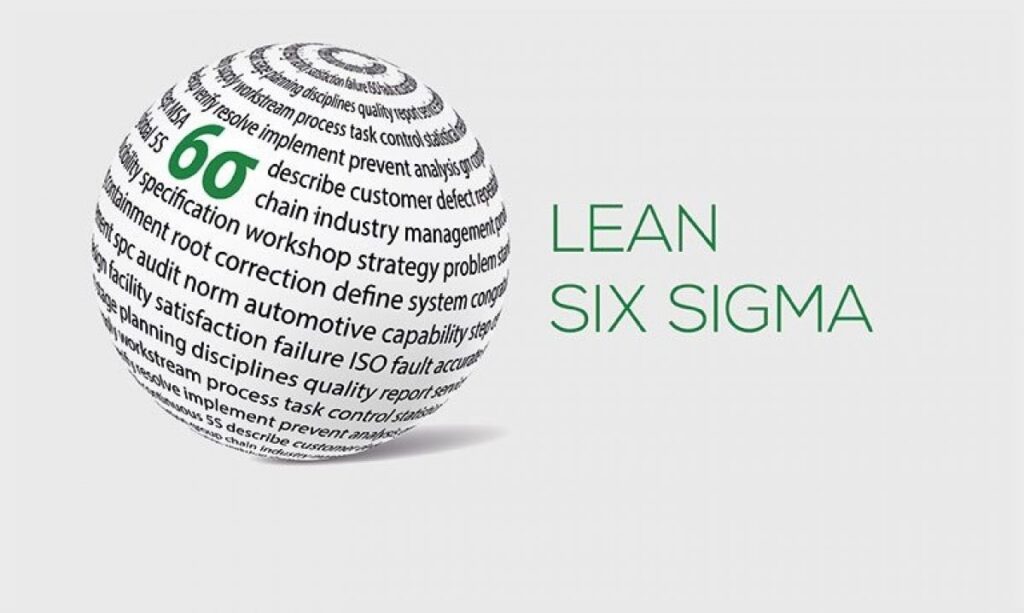Jacksonville Residents - Learn Lean Six Sigma’s History Here
Contact Us

Lean Six Sigma is complex enough that it can be overwhelming to understand it all and see how it all fits together in one methodology. Learning how it can improve the process and help you achieve your goals is worthwhile, so it is not like you can or should ignore its history and every detail of it. Many people are eager to find out more about the methodology and how it can be implemented, and at Lean Six Sigma Curriculum for Jacksonville High School Students of Florida, we can tell you that the best way to start is with Lean Six Sigma history and our goal is to educate everyone interested in it by providing all the details.
Let’s start by saying that Lean Six Sigma is an amalgamation of Japanese management principles. It can also be traced back to the United States.
The methodology isn’t Japanese. However, it is important to remember that it was developed using the Kaizen method as it influences the final result.
Kaizen, a Japanese concept encouraging collaboration and commitment to continuous improvement, is not directly connected to Lean Six Sigma in terms of its creation, but it did make it necessary for it to be created in terms of how Kaizen helped Japanese companies boost their production and manufacturing.
Kaizen is unique in that it emphasizes small, positive improvements and eliminates redundant steps. This reduces production time and makes processes more efficient.
What is LSS’s role in this?
LSS can be traced back to America, where it was created to compete with Japanese industries.
Its principles are focused on reducing waste through non-value-adding activities, identifying and solving problems, and ensuring that everyone involved in the cycle is efficient and productive.
LSS is partly a combination of Lean and 6 Sigma. You should notice this to understand its expansion and focus on learning more details as you go.
How Everything Began with the Methodology
It is important to understand that Lean Six Sigma blends two of the methods we have already mentioned and some others in terms of principles and ideas it adopts from them.
Understanding Six Sigma and Lean differences are essential for understanding LSS and how companies can improve with it.
Because of its structure and principles, Lean is considered a “thinking method.”
We will be moving to Toyota and refer to the Toyota Production System (TPS). John Krafcik, a former student of the founder of Toyota, was searching for a name that would describe the TPS system.
He wrote down the differences between Toyota’s system and traditional mass production on a whiteboard, in which he concluded that Toyota’s system requires less of everything in order to create value.
Quickly, the whiteboard was redrawn, and Lean Thinking was born as a method that focuses on reducing waste and other non-value-added areas.
Lean is built on its own principles and foundations. Understanding your customer is essential to understanding the process, waste stream, and value and is what Lean is all about. Continuous pursuit of value flow is key in this process.
Six Sigma is an American-based methodology that dates back to the 1980s. Motorola was the original creator and first user of Six Sigma.
Motorola was unable to compete with foreign companies in its early days. So, its CEO Bob Galvin set a goal of doubling its revenue within five years.
Global compatibility was the plan’s key focus, and participative management was also a major theme. Since 6 Sigma allowed the company to answer all those needs and more methods were implemented, Motorola quickly adopted Six Sigma as the standard for business processes in order to achieve these goals.
Six Sigma and Lean both recognize that success is only possible through change. Six Sigma is an excellent complement to Lean’s need for solving problems, but you must identify them first, and it would be a valuable addition when dealing with process improvement issues.
LSS was created when the principles of both were combined. However, LSS provides more detail than what people would have if they attempted to implement each individually.
How Is LSS Then?
LSS has been used in many different ways throughout history. It can be overwhelming to see all the details involved, but ensuring you have the basics is a way to increase productivity and efficiency and reduce waste.
It is crucial to comprehend the principles and solutions of Kaizen, Lean, and Six Sigma if you want a better idea of the methodology overall.
Lean allows employees and companies to better understand their customers and prioritize their needs. They can focus on the company’s core values, processes, and flow to achieve perfection.
Six Sigma is dedicated to excellence and a system that promotes productivity.

Kaizen is a five-part system that emphasizes teamwork, personal discipline, and customers. There will be suggestions for improvement as companies keep identifying every detail.
Now, with this clear, Lean Six Sigma is a tool that can benefit both businesses and students, as well as professionals who wish to learn new skills to use in their projects.
Suppose you are interested in learning more about it. In that case, you can reach our Lean Six Sigma Curriculum Pros of Jacksonville team to learn and become an expert or practitioner of the methodology.

